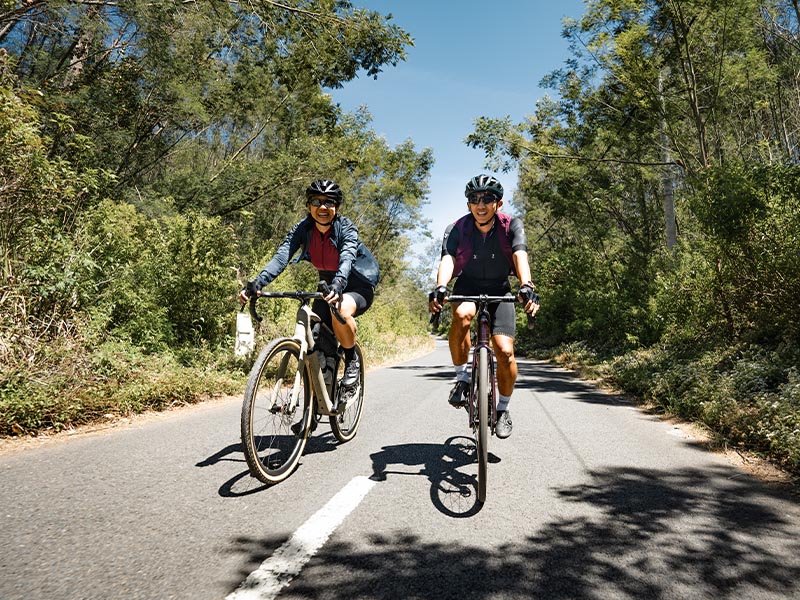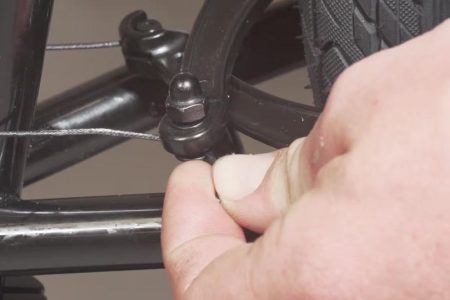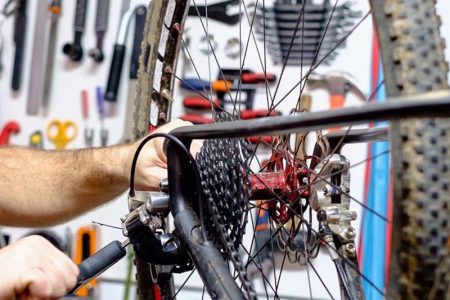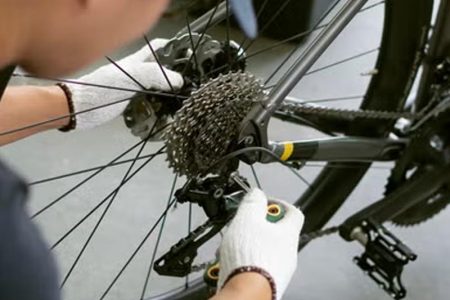What is Bikepacking, and Why Is It Your Next Adventure?
Bikepacking combines cycling with lightweight camping. You load up your gravel bike with essentials—like a tent, food, and tools—and hit the road or trail for a multi-day journey.
It’s a perfect way to soak up the road, enjoying every mile with your lovely bikes. Think peaceful backroads, starry nights, and freedom from the hustle.
Why give it a shot? Because it’s one of the best ways to unplug, reconnect with nature, and turn your bicycle into a ticket to adventure. No airport lines, no hotel bookings—just your gear, your bike, and the open trail.
Who Can Go Bikepacking? Everyone!
Bikepacking is for anyone curious enough to give it a go. You don’t have to be a seasoned cyclist or hardcore outdoorsperson.
Whether you ride on weekends, commute to work, or just want a new experience, bikepacking is as chill or challenging as you make it. Start small with a one-night ride close to home and build from there.
Why Gravel Bikes Are the Ultimate Bikepacking Companion?
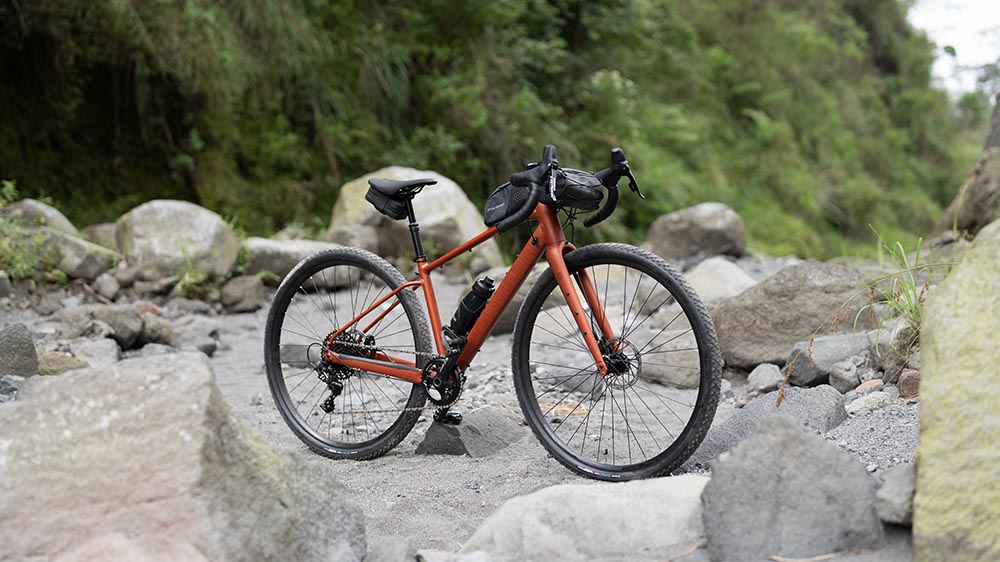
Gravel bikes are built for this kind of riding. They blend the speed of road bikes with the ruggedness of mountain bikes. That means they’re fast on pavement, stable on dirt, and strong enough to handle rough roads.
Their wide tires, relaxed geometry, and gear mounts make them perfect for carrying your load while keeping the ride comfortable on every single track.
How to Prepare for Your First Gravel Bikepacking Trip
Planning is everything when it comes to a successful ride. Here’s how to set yourself and your gravel bike up for a smooth, safe, and fun experience.
1. Pick a Simple Route First
Choose a route that’s close to home with easy terrain. Aim for gravel paths, quiet roads, and a route distance that suits your fitness—20–40 miles a day is great for beginners.
Use apps like Komoot or Ride with GPS to map your ride, check surfaces, and find water sources or campsites.
2. Prep Your Gravel Bike
Give your gravel bike a full check-up. Make sure brakes, gears, tires, and cables are all working properly. Consider a tune-up from your local bike shop if it’s been a while. Key gear to bring includes:
- Frame or saddle bags (to avoid using a backpack)
- Lights (front and rear)
- Water bottles or a hydration pack
- Multi-tool, tire levers, mini pump, and patch kit
- Chain lube and an extra tube
Adjust saddle and handlebar positions for long-distance comfort—this can make or break your ride.
3. Pack Smart and Light
Overpacking is one of the most common rookie mistakes. Keep your load minimal and focused:
- Sleep setup: Tent or hammock, sleeping pad, sleeping bag
- Simple food and snacks
- Hygiene items: Toothbrush, wipes, biodegradable soap
- Headlamp and portable charger
Use lightweight, weatherproof bags and distribute the weight evenly across your bike.
4. Dress for Flexibility
Layer up. A moisture-wicking base, insulating middle, and waterproof outer layer are your best friends. Always pack a rain jacket—weather changes quickly. Don’t forget padded bike shorts, gloves, and sunglasses. Bring one comfortable outfit to change into at camp.
5. Be Mentally Ready
Things won’t always go as planned, and that’s part of the fun. Whether it’s a wrong turn or surprise rain, stay adaptable and positive. Take breaks. Adjust your pace. Enjoy the moment.
Beginner Mistakes to Avoid
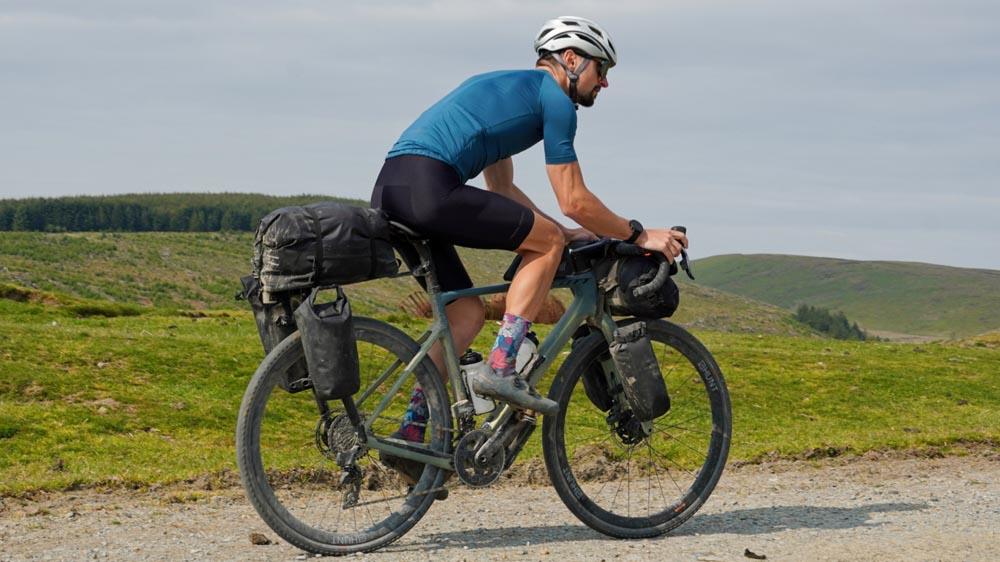
No one gets it perfectly right on their first try, but you can easily avoid some common pitfalls with a little foresight.
- Bringing Too Much: It’s tempting to bring too much “just in case,” but every extra pound adds up quickly, making climbs feel steeper. Focus on essentials, multi-use gear, and leave luxuries behind. Pack light, ride happier.
- Skipping Route Planning: Always use tools like Komoot or Ride with GPS to meticulously plan your route, verify terrain, and download offline maps. Know where your rest stops are and where you’ll camp for the night.
- Overlooking Comfort: Take the time to properly adjust your saddle height and handlebar position. Ensure all your bags are securely attached and evenly loaded. Always test your full setup on a shorter ride before embarking on your main trip.
Tips for a Better On-the-Ride Experience
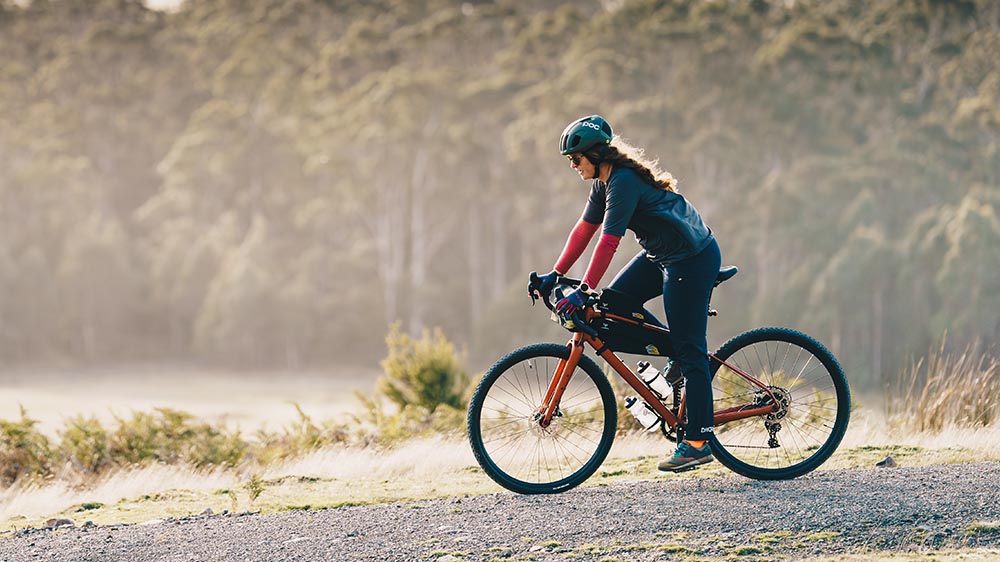
Once you’re out on the road, it’s time to truly savor the experience. Here are a few ways to ensure your gravel bike trip is smoother, safer, and more memorable.
- Ride Respectfully: Follow road rules, stay alert, and be considerate of traffic, wildlife, and other riders.
- Protect the Environment: Pack out all trash, use established campsites, and avoid blasting music.
- Rest Without Guilt: Stop for coffee, take in the view, or enjoy a chat—those are the memories that stick.
- Stay Open to Connections: A friendly conversation with a stranger can become the highlight of your trip.
Read also:
Final Thoughts: Your Bikepacking Adventure Starts Now
Bikepacking doesn’t need to be epic to be memorable. Whether it’s an overnight loop in your local area or a multi-day adventure, the freedom it offers is unmatched. A gravel bike is the perfect companion—ready for both smooth roads and wild trails.
So start small. Pack light. Map your ride. And just go. Save this guide, share it with a friend, and take that first pedal stroke toward your new favorite adventure.









